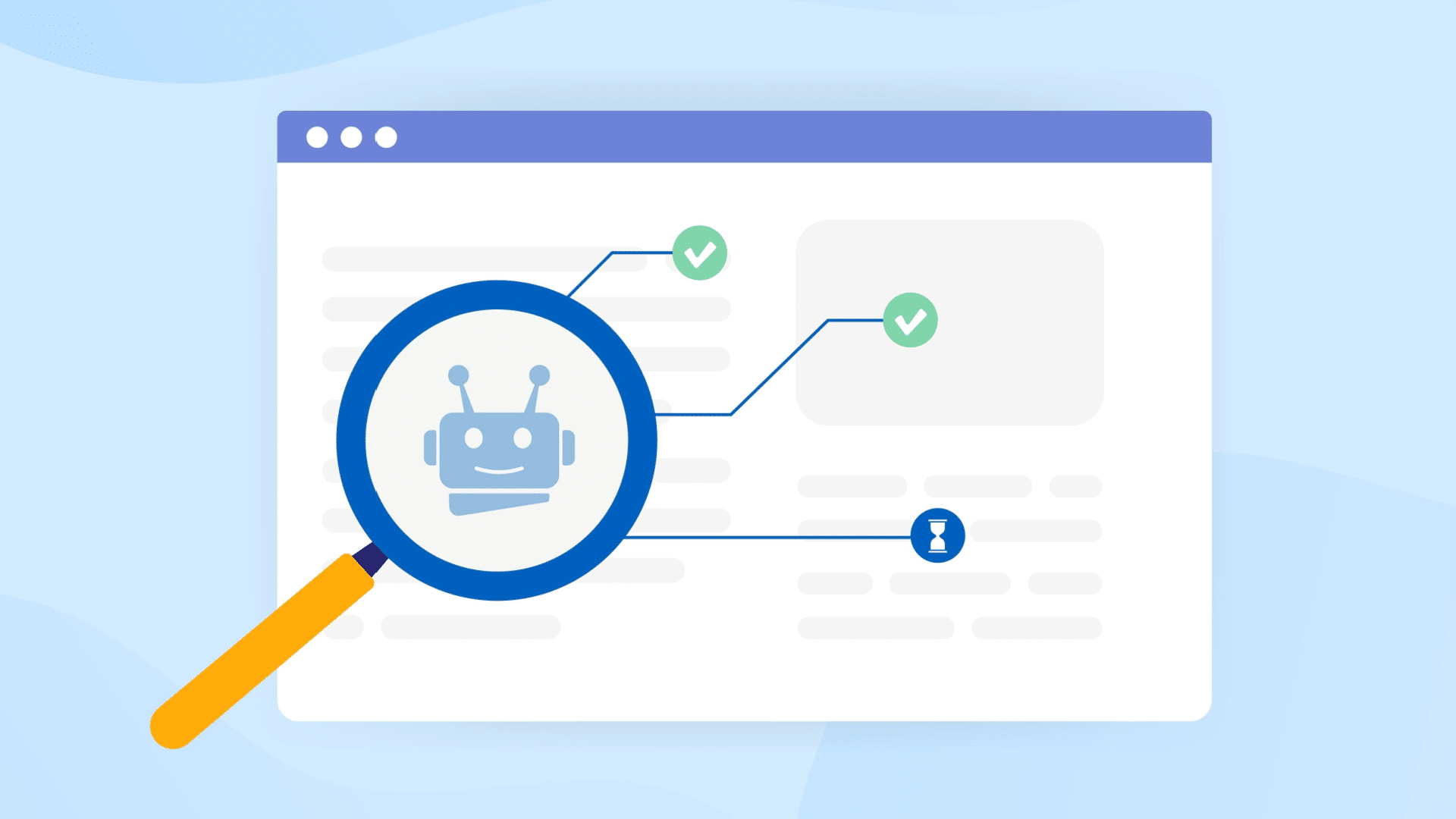One often overlooked aspect of website management is managing crawl depth, the level at which search engine bots explore and index a site’s pages.
Understanding how to control and optimize crawl depth can significantly impact your website performance and search rankings.
This article will provide you with valuable guidance and actionable SEO tips to optimize crawl depth effectively.
Crawl depth: What is it and why does it matter?
Crawl depth refers to the level or distance of a webpage within a website’s architecture from the starting point or root.
It indicates the number of clicks or steps required for a search engine crawler to reach a specific page from the homepage or any other starting point.
The crawl depth of a page is determined by the number of links it takes to navigate from the homepage to that particular page.
For example, a page that can be accessed directly from the homepage without any intermediary clicks is considered to have a shallow crawl depth.
On the other hand, a page that requires multiple clicks or traversing through several intermediary pages to reach it is considered to have a deeper crawl depth.
The crawl depth of a page is significant because it affects how search engine bots discover and index web content.
Pages with shallow crawl depth are more easily and frequently crawled by search engine crawlers, leading to faster indexing and improved visibility in search results.
Conversely, pages with deeper crawl depth may experience delayed or limited crawling, potentially affecting their visibility and ranking in search engine results.
It is important to note that crawl depth is not the same as the depth of a website structure or the depth of a URL.
Crawl depth specifically refers to the distance of a page from the starting point in terms of clicks or links required to reach it during the crawling process.
In comparison, website depth refers to the hierarchical structure and organization of content within a website. It represents the levels of pages or sections a user must navigate to reach a particular piece of content.
Why should you manage crawl depth?
Improved indexing and visibility
Ensuring that important pages have a shallow crawl depth increases the likelihood of their timely discovery and inclusion in search engine indexes.
A shallow crawl depth enables search engine bots to efficiently traverse a website, indexing pages and making them visible to potential visitors.
Better user experience and navigation
A shallow crawl depth facilitates a user-friendly experience, allowing visitors to find relevant content quickly.
Easy navigation enhances user engagement and reduces the likelihood of users abandoning the website due to difficulties locating desired information.
Get the daily newsletter search marketers rely on.
How to influence crawl depth
Optimizing crawl depth involves ensuring that important pages, such as cornerstone content or high-priority landing pages, have a shallow crawl depth.
This can be achieved through the following:
Streamline your internal linking structure
The organization and hierarchy of internal links significantly impact crawl depth.
Well-structured internal linking, with clear and logical navigation paths, can reduce crawl depth and help search engine bots discover and index pages more efficiently.
You can improve crawl efficiency by strategically linking relevant pages and creating a logical hierarchy.
Distribute internal links throughout your website to ensure all pages receive sufficient link equity.
Avoid situations where certain pages are isolated or receive limited internal linking, hindering their discovery and indexing.
Prioritize important pages
Pages that are considered important, such as the homepage, cornerstone content, or frequently updated content, should have a shallow crawl depth.
This ensures that search engine bots can easily access and index these crucial pages.
Consider your website’s size and complexity
Larger websites with a complex hierarchy may naturally have deeper crawl depths.
It is important to strike a balance between organizing content effectively and minimizing crawl depth for essential pages.
Implement XML sitemaps
Utilizing XML sitemaps can help search engines understand the structure and hierarchy of a website.
Including important pages in the sitemap can increase their visibility to search engine crawlers.
Optimize your URL structure
A well-optimized URL structure can contribute to a more efficient crawl process.
Clear and descriptive URLs that reflect the content and hierarchy of a page can aid search engine crawlers in understanding the website structure.
Fix broken links
Regularly check for broken links and fix them promptly.
Broken links can hinder search engine bots from efficiently crawling your website, resulting in incomplete indexing.
Improve site speed
A fast-loading website enhances user experience and improves crawl efficiency.
Learn more tips for making your website faster in “Page speed and experience in SEO: 9 ways to eliminate issues.”
Monitor and resolve crawl errors
Use Google Search Console to monitor crawl errors. Investigate and resolve these errors by fixing broken links, redirecting pages, or resolving server issues.
Minimizing crawl depth for crucial webpages
By following the tips above, you can improve how search engines crawl your website and increase the visibility of your content.
Doing your part in making the crawling process more efficient improves the chances of your webpages being indexed and appearing in search results.
Opinions expressed in this article are those of the guest author and not necessarily Search Engine Land. Staff authors are listed here.
Related stories
New on Search Engine Land

